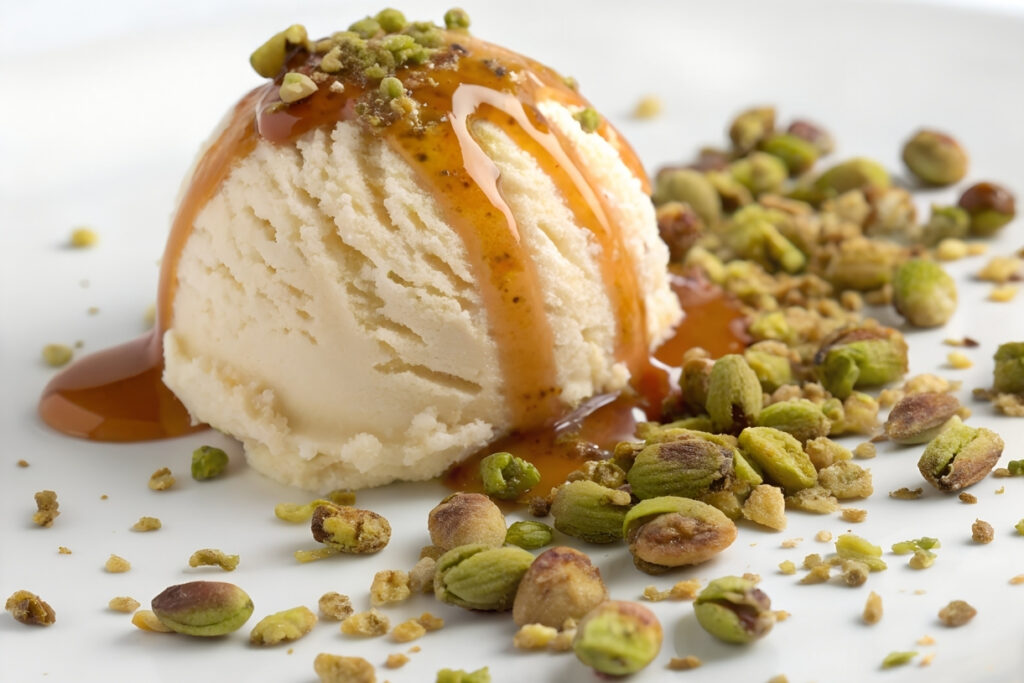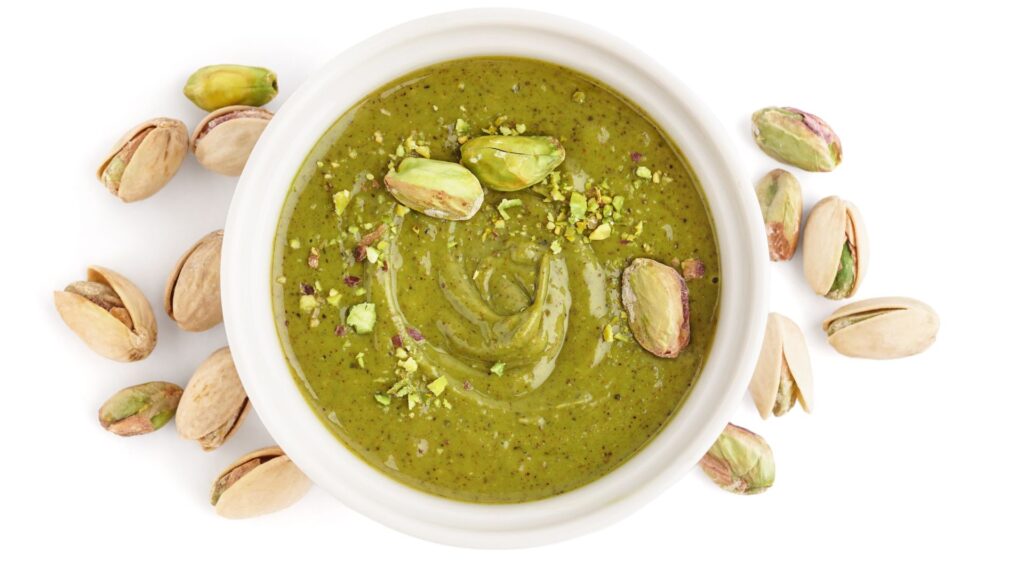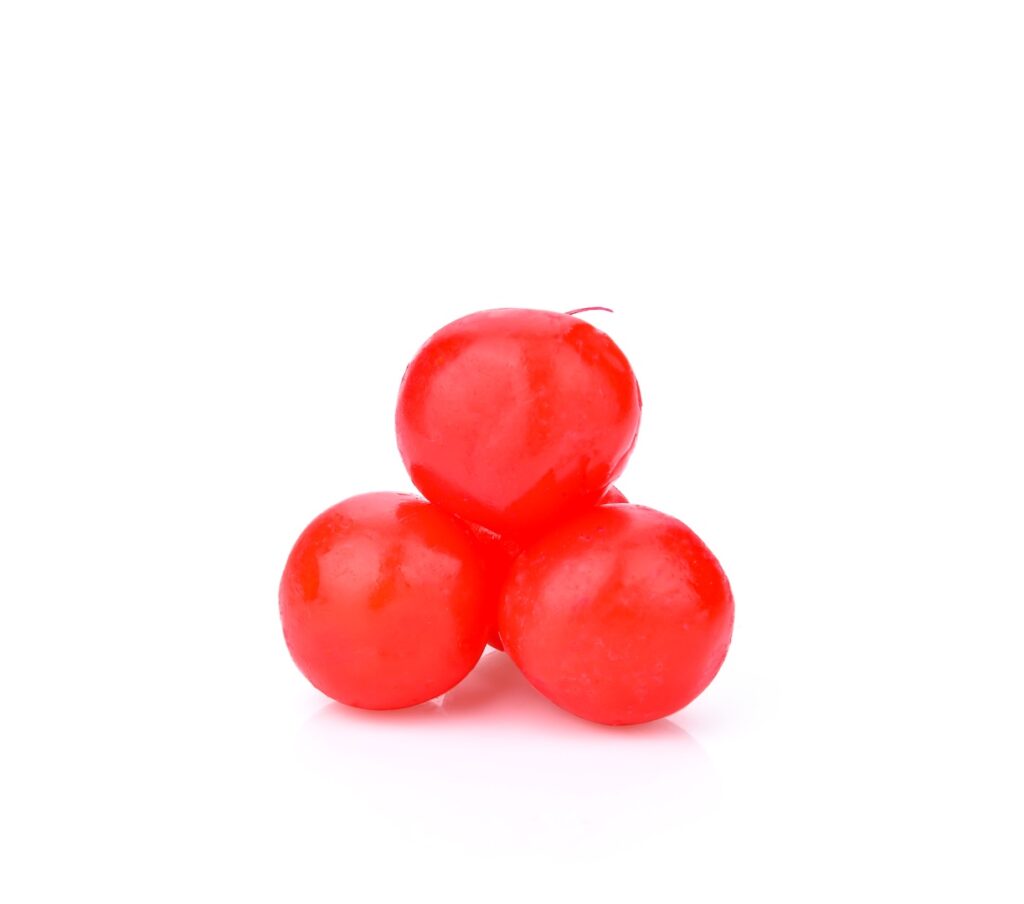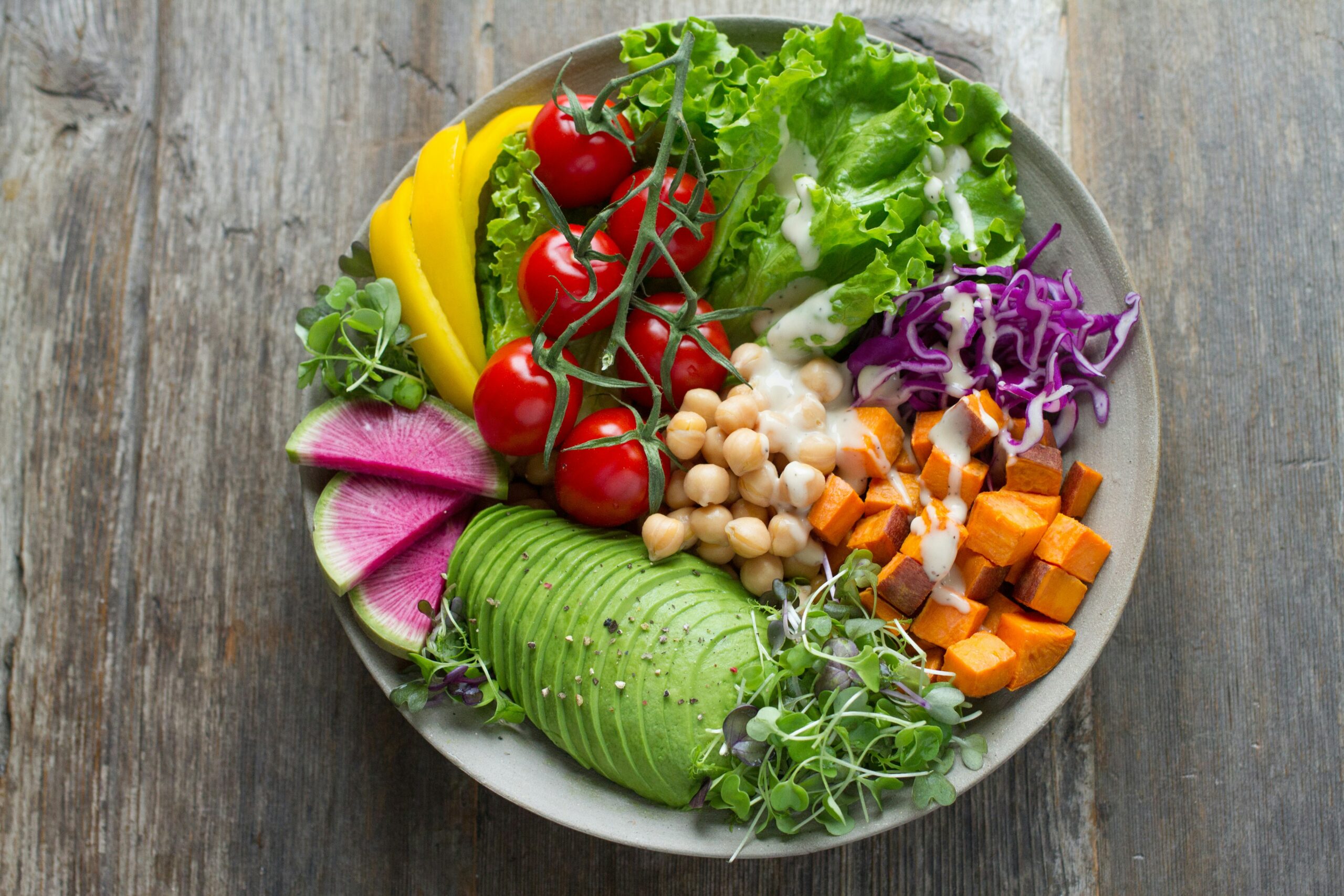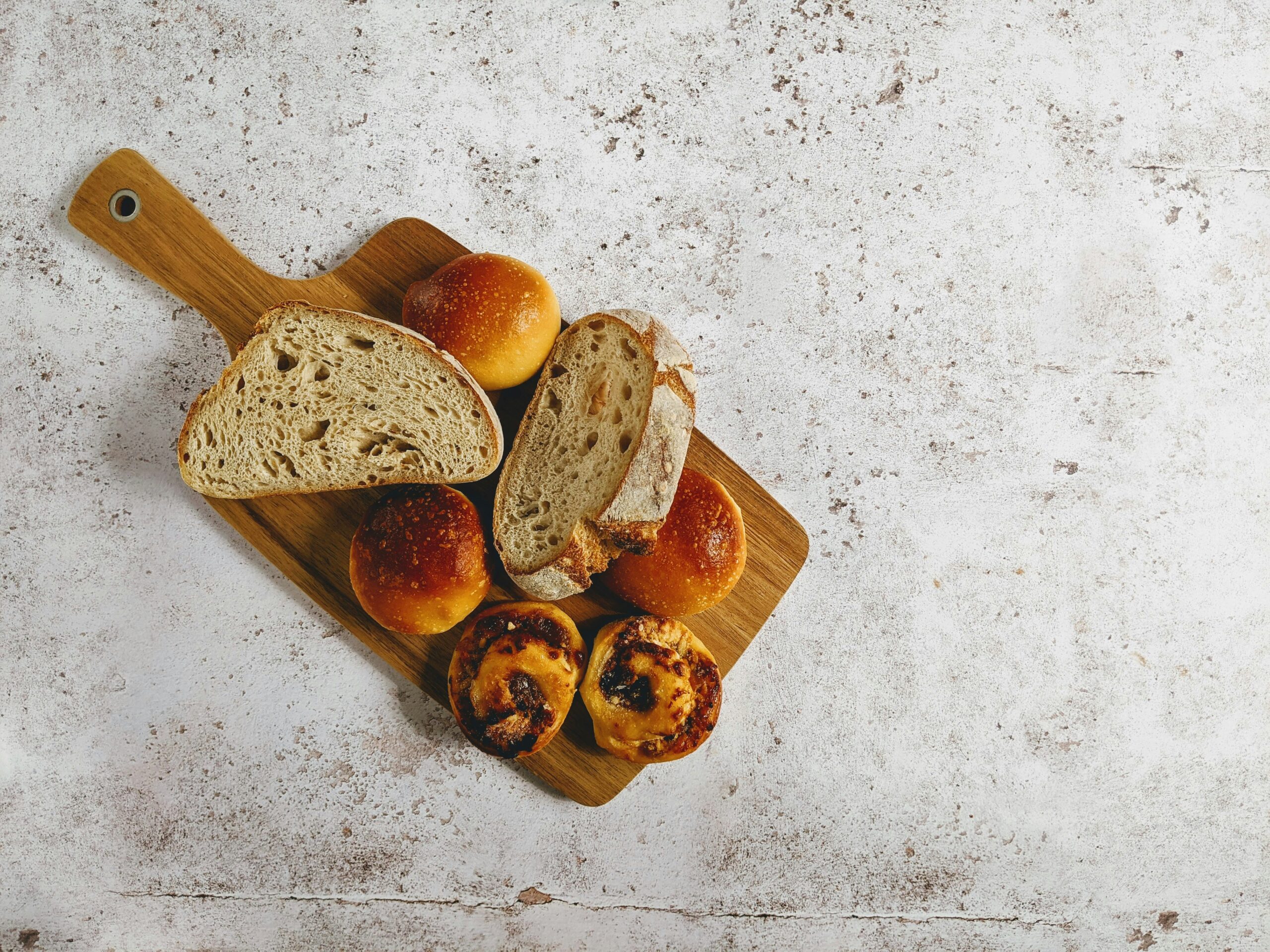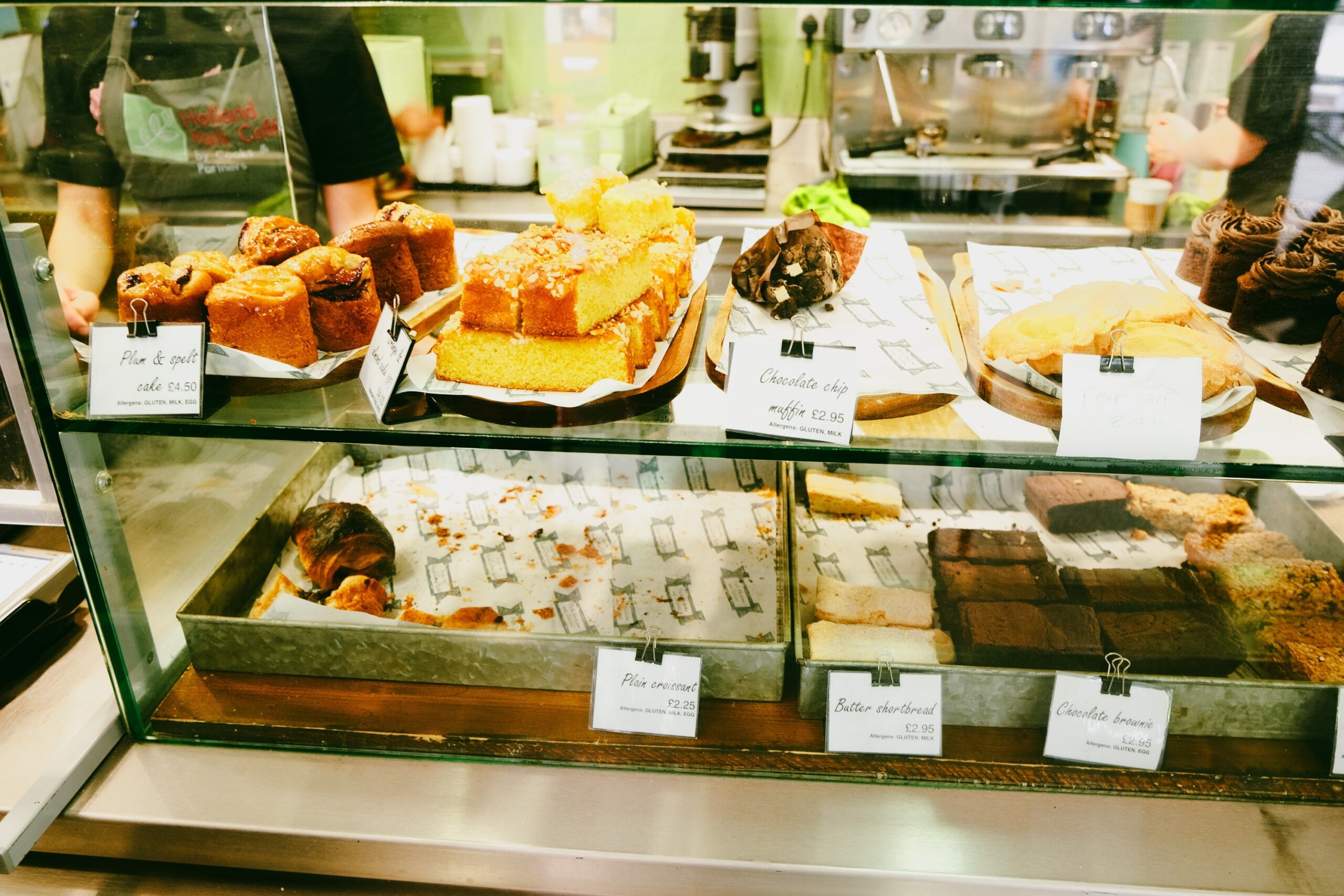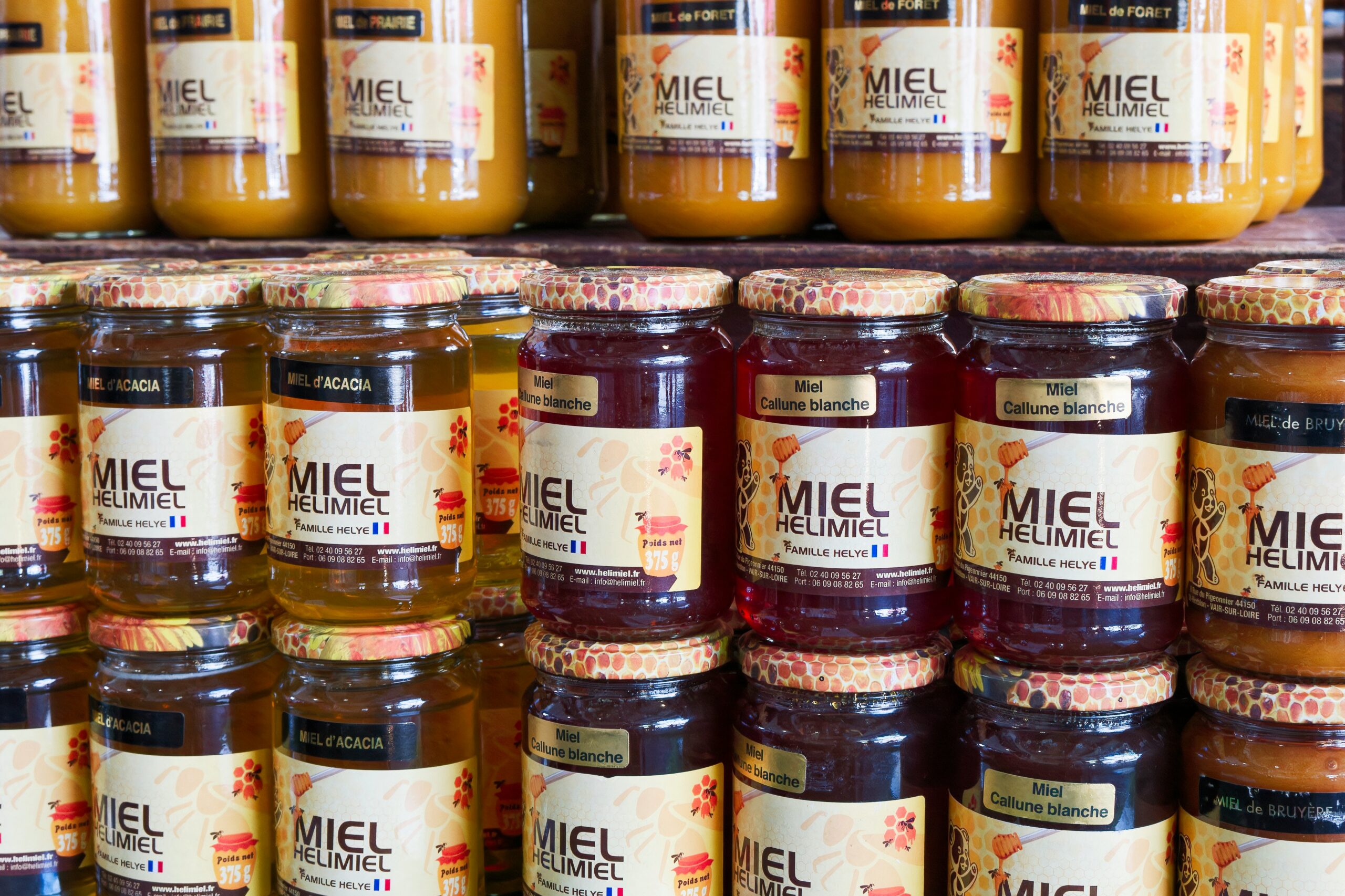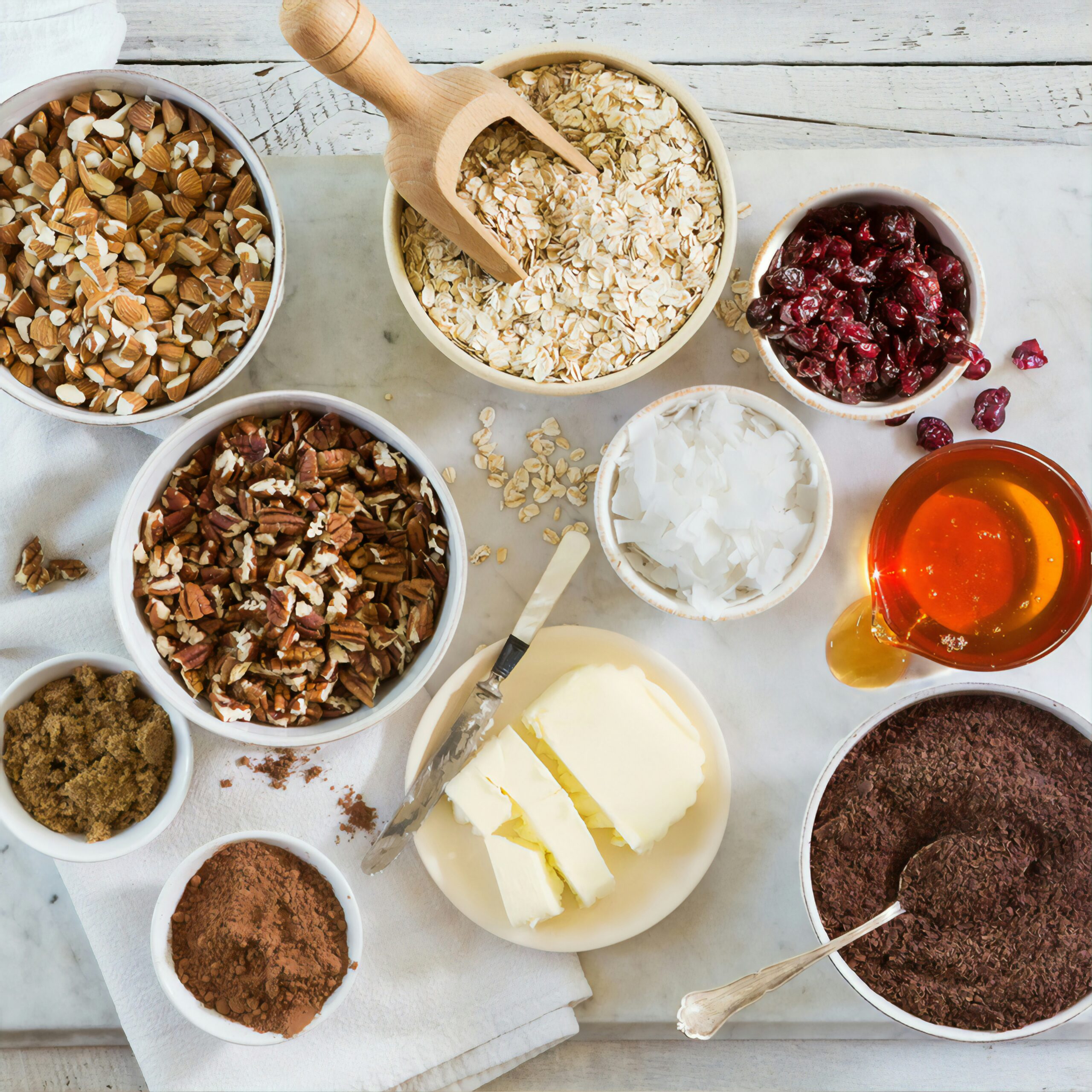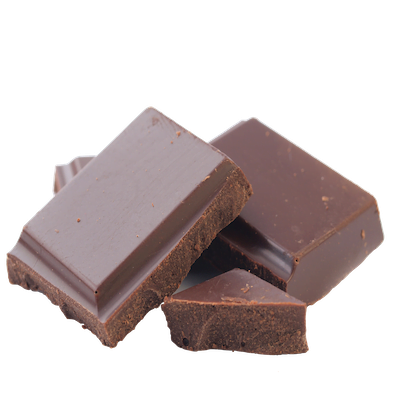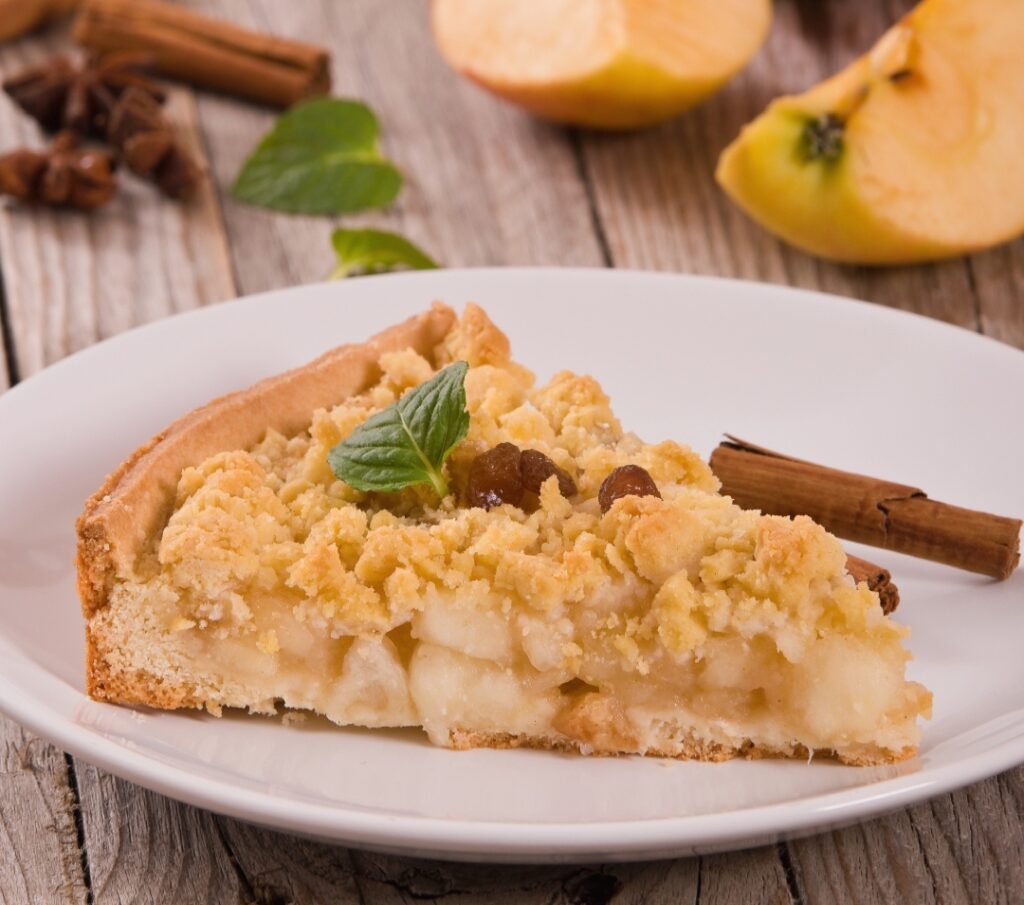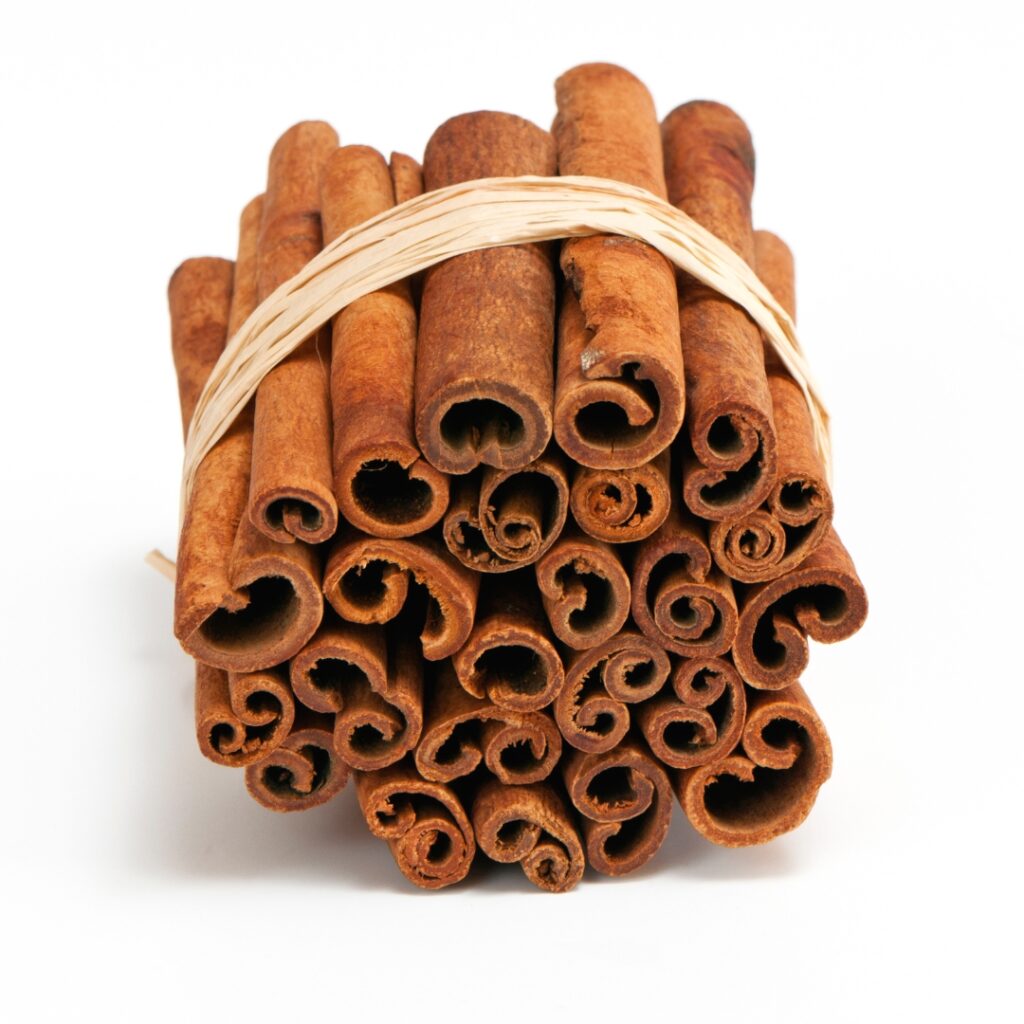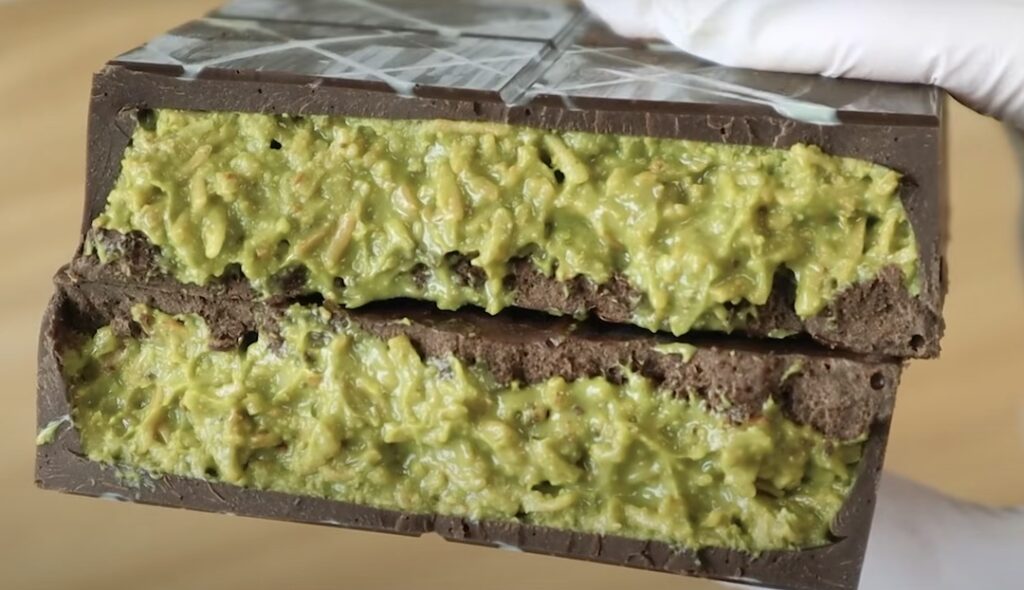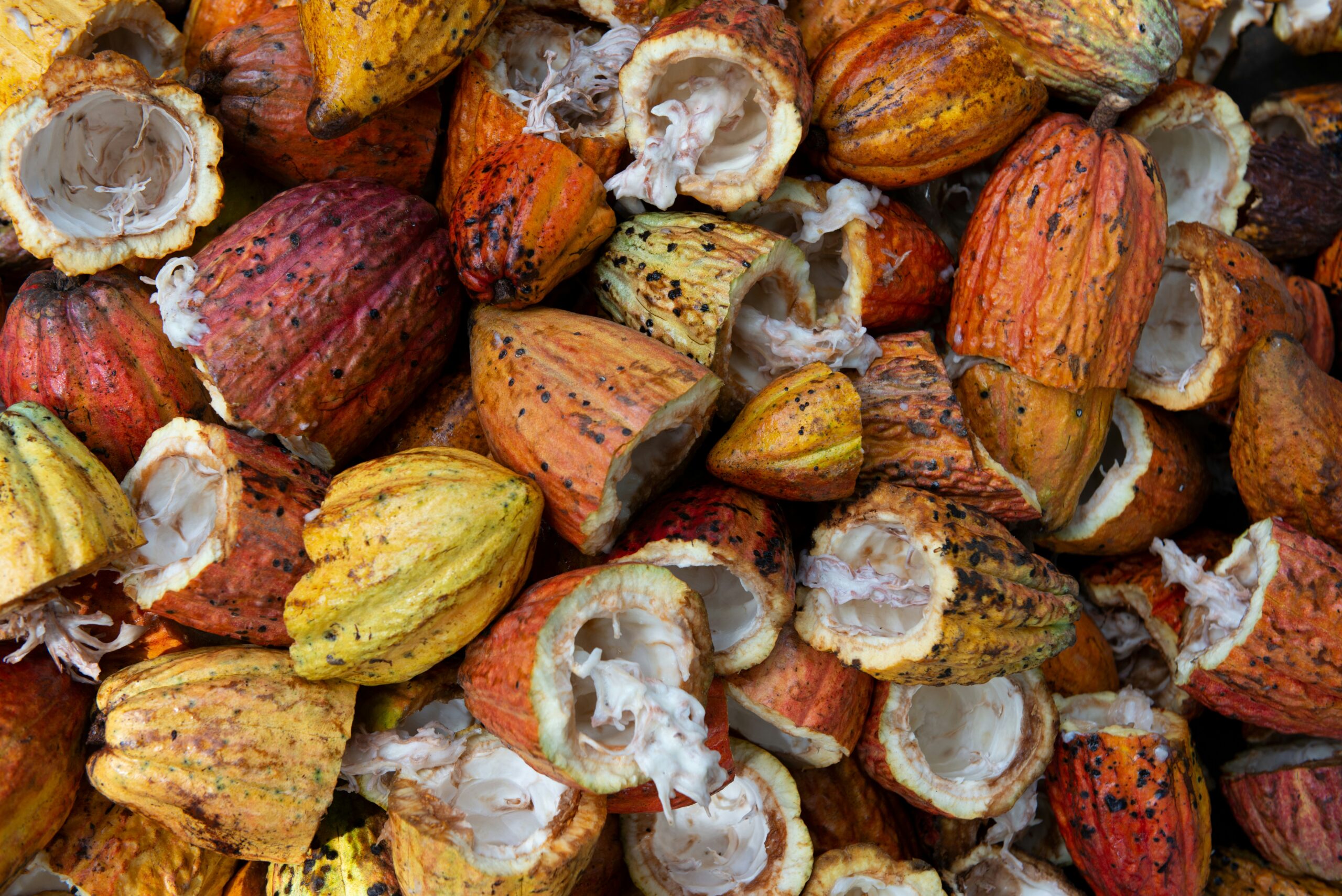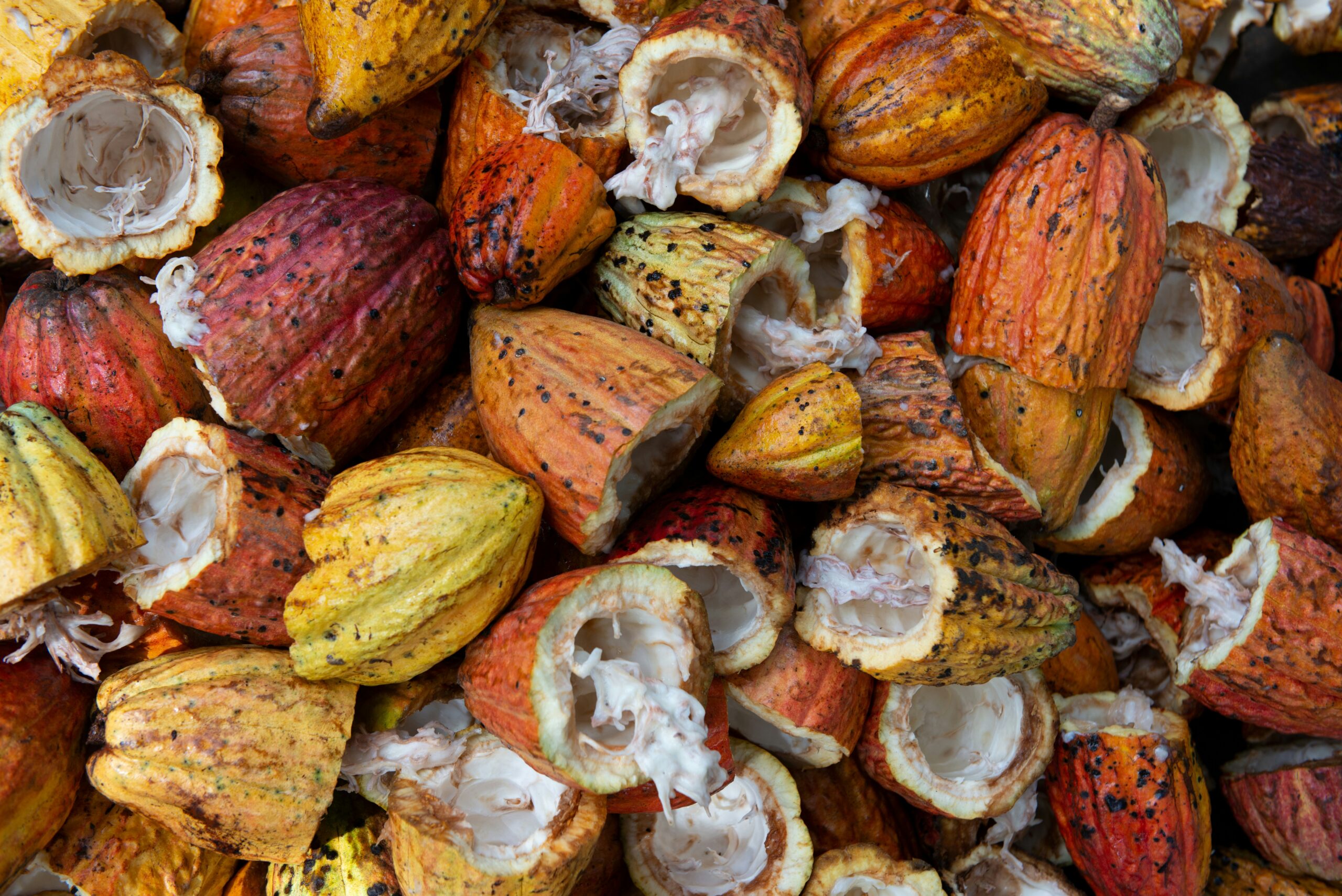The Green Gold of Turkey: A Deep Dive into Turkish Pistachios
Pistachios, with their vibrant green hue and distinctive flavor, have captivated palates across the globe for centuries. Often referred to as “green gold,” these nuts are more than just a delicious snack; they are a cornerstone of culinary traditions and a powerhouse of nutrition. Among the various types, Turkish pistachios hold a special place, revered for their intense flavor and unique characteristics. Their journey from ancient cultivation to a staple in modern cuisine is a fascinating tale interwoven with history, culture, and evolving tastes.
What is the History of Pistachios, Especially in Turkey?
The history of the pistachio tree dates back thousands of years, with archaeological evidence suggesting its cultivation as early as 7,000 BCE in Central Asia and the Middle East. Ancient civilizations, including the Assyrians, Persians, Greeks, and Romans, cherished pistachios not only for their taste but also for their perceived medicinal properties. They were considered a symbol of wealth and prosperity, often reserved for royalty and nobility.
In Turkey, the pistachio’s history runs deep, particularly in the southeastern region around Gaziantep. This area boasts a climate and soil uniquely suited to pistachio cultivation, leading to the development of the “Antep fıstığı” – Gaziantep pistachio – renowned for its smaller size, vibrant green color, and intensely rich flavor. The cultivation of pistachios in Turkey is believed to have begun centuries ago, becoming an integral part of the local economy and culinary heritage. Historical records and local folklore speak of pistachio groves being passed down through generations, signifying their enduring importance. Turkish pistachios became a significant trade item along the ancient Silk Road, connecting the East and West and introducing this prized nut to new cultures and cuisines. Today, Turkey remains one of the world’s leading producers of pistachios, with the Antep pistachio being a protected geographical indication, celebrated for its superior quality.
What Are the Different Types of Pistachios?
While all pistachios belong to the Pistacia vera species, regional differences in climate, soil, and cultivation practices have led to distinct varieties, each with its own charm. The primary types you’ll encounter in the market include:
- Turkish Pistachios (Antep Fıstığı): These are typically smaller and more slender than other varieties, with a deeper green color and a richer, more concentrated flavor. They are highly sought after for confectionery and baklava due to their intense taste and aesthetic appeal. Varieties like ‘Siirt’ and ‘Kırmızı’ (red) are also notable within Turkish production, each offering subtle differences in size and hue.
- Kerman Pistachios (Iranian): Often larger and rounder, Iranian pistachios, particularly the Kerman variety, are known for their slightly milder flavor and characteristic split shells. They are widely consumed as a snack and used in various culinary applications.
- California Pistachios (American): These tend to be the largest and most uniformly light green. California pistachios have a milder flavor profile compared to their Middle Eastern counterparts and are extensively used in both snacking and commercial food production.
Each type brings something unique to the table, making them versatile for a wide range of uses, from traditional pastries to innovative new products.
What Are the Nutritional Values and Vitamins in Pistachios?
Pistachios are a nutritional powerhouse, packed with essential vitamins, minerals, and beneficial compounds. They are a smart choice for food businesses looking to add both flavor and a health halo to their products.
A 1-ounce (28-gram) serving of shelled pistachios (approximately 49 kernels) provides roughly:
- Calories: 159
- Protein: 5.72 grams
- Fat: 12.85 grams (mostly healthy unsaturated fats)
- Carbohydrates: 7.7 grams
- Fiber: 3 grams
Beyond these macronutrients, pistachios are an excellent source of several vitamins and minerals:
- Vitamin B6: Essential for metabolism and immune function.
- Thiamine (Vitamin B1): Plays a crucial role in energy metabolism.
- Copper: Important for iron absorption and red blood cell formation.
- Manganese: Involved in bone formation and metabolism.
- Phosphorus: Key for bone and teeth health.
- Potassium: Supports blood pressure regulation.
- Magnesium: Involved in over 300 biochemical reactions in the body.
- Vitamin K: Important for blood clotting and bone health.
They also contain powerful antioxidants like lutein and zeaxanthin, which are beneficial for eye health, and polyphenols and tocopherols, which help protect cells from damage.
Are Pistachios Good for Heart Health?
Absolutely. Pistachios are widely recognized for their significant benefits to heart health. The majority of fats found in pistachios are monounsaturated and polyunsaturated fats, which are known to help lower bad (LDL) cholesterol levels and increase good (HDL) cholesterol. This favorable fat profile contributes to maintaining healthy blood vessels and reducing the risk of cardiovascular diseases.
Furthermore, pistachios contain plant sterols, which can also help reduce cholesterol absorption. Their fiber content assists in managing blood sugar levels and promoting a healthy digestive system, indirectly supporting heart health. The presence of antioxidants in pistachios also plays a role in reducing inflammation and oxidative stress, both of which are factors in heart disease development. For food manufacturers and wholesalers, offering products that highlight the heart-healthy benefits of pistachios can be a significant selling point, appealing to a health-conscious consumer base.
Do Pistachios Improve Overall Body Health?
Yes, regular consumption of pistachios can contribute to overall body health in numerous ways:
- Weight Management: Despite being calorie-dense, pistachios can aid in weight management due to their high protein and fiber content, which promote satiety and help reduce overall calorie intake.
- Gut Health: The dietary fiber in pistachios acts as a prebiotic, feeding beneficial gut bacteria and supporting a healthy microbiome. A balanced gut is linked to improved digestion, immunity, and even mood.
- Blood Sugar Control: Pistachios have a low glycemic index, meaning they cause a gradual rise in blood sugar levels after consumption, making them a suitable snack for individuals managing blood sugar.
- Eye Health: The lutein and zeaxanthin found in pistachios are crucial for protecting the eyes from damage caused by blue light and age-related macular degeneration.
- Antioxidant Power: Their rich antioxidant profile helps combat oxidative stress, which is implicated in various chronic diseases and the aging process.
- Immune Support: The vitamins and minerals, particularly Vitamin B6 and copper, contribute to a healthy immune system, helping the body fight off infections.
How Much Should We Eat?
While pistachios are incredibly beneficial, moderation is key due to their calorie content. A generally recommended serving size is 1 ounce (about 49 kernels) or a small handful per day. This portion provides a good balance of nutrients without significantly increasing calorie intake. For food businesses, offering portion-controlled pistachio products can align with consumers’ desire for healthy indulgence.
How Can Pistachios Be Made Healthier in Bakery Applications?
Incorporating pistachios into bakery items naturally enhances their nutritional profile. To make them even healthier, consider these approaches:
- Reduce Sugar and Unhealthy Fats: Pair the rich flavor of pistachios with less sugar. Use natural sweeteners or simply reduce the overall sugar content. When it comes to fats, leverage the healthy fats from the pistachios themselves and minimize added saturated or trans fats. This aligns with the growing demand for “better-for-you” bakes and addressing the HFSS (High Fat, Salt, and Sugar) regulations.
- Boost Fiber and Protein: Pistachios naturally offer fiber and protein. Enhance this further by combining them with whole grains in your recipes, creating a more satiating and nutritious product.
- Mindful Portioning: As discussed, smaller portion sizes can help consumers enjoy indulgent treats responsibly. Think mini tarts or smaller cookies featuring pistachio.
- Clean Label Ingredients: Emphasize the naturalness of pistachios and other wholesome ingredients. Consumers are increasingly seeking products with recognizable, simple ingredient lists, moving away from overly processed foods.
What Are the Most Common Flavors Paired with Pistachios?
Pistachios possess a unique earthy, slightly sweet, and buttery flavor that pairs beautifully with a wide array of other tastes. This versatility makes them a favorite in both sweet and savory applications.
Some of the most popular and harmonious flavor pairings include:
- Chocolate: A classic combination. The richness of chocolate (especially dark or white) complements the nutty notes of pistachio perfectly. Consider products like pistachio ganache tarts or chocolate bars with pistachio inclusions. ISTBEA offers various chocolate products, including compound chocolate coins and blocks, ideal for such pairings https://istbea.com/product-category/products/chocolate/cocoline-chocolate/.
- Rose/Orange Blossom: These floral notes enhance the delicate sweetness of pistachios, creating an exotic and fragrant profile, often seen in Middle Eastern and Mediterranean desserts.
- Cardamom: This warm, aromatic spice brings out the best in pistachios, particularly in traditional baked goods like Turkish delight or certain types of cookies.
- Citrus (Lemon, Orange, Yuzu): The zesty brightness of citrus fruits provides a refreshing contrast to the richness of pistachios. Lemon pistachio cakes or orange pistachio biscotti are delightful examples.
- Honey/Maple Syrup: Natural sweeteners like honey or maple syrup complement the inherent sweetness of pistachios without overpowering them, adding a depth of flavor.
- Berries (Raspberry, Strawberry): The tartness of berries cuts through the richness of pistachios, offering a balanced and vibrant flavor experience. Pistachio and raspberry tarts are a prime example https://istbea.com/products/filling-creams/fruit-pastry-filling/.
- Almond: Another nut that harmonizes well with pistachio, often found in marzipan-based desserts or pastries.
- Coffee: The slightly bitter notes of coffee provide a sophisticated counterpoint to the sweet earthiness of pistachios.
These pairings offer endless possibilities for innovation in bakery and pastry.
Where to Buy Pistachio Paste in Bulk from Turkey?
For food wholesalers, food businesses, and food manufacturers seeking high-quality pistachio paste in bulk, Turkey is a prime source, especially for the renowned Antep pistachio variety. When sourcing, look for suppliers who emphasize:
- Origin: Ensure the paste is made from authentic Turkish pistachios, particularly from the Gaziantep region, to guarantee the desired flavor profile.
- Quality and Purity: Seek paste made from 100% pistachios, without added fillers, artificial colors, or excessive oils.
- Certifications: Look for certifications that guarantee food safety standards and ethical sourcing.
- Bulk Packaging: Suppliers should offer various bulk packaging options suitable for industrial use, such as large tubs or drums.
Reputable Turkish manufacturers specializing in pastry and bakery raw materials will be your best bet. Companies like ISTBEA are dedicated to providing high-quality ingredients, including premium pistachio paste, directly to wholesalers and food businesses, ensuring authenticity and consistent supply. For wholesale inquiries and to explore available pistachio products, visiting a dedicated supplier’s website or contacting their sales team directly is recommended. You can find more information about pistachio filling cream and other related products on our website https://istbea.com/products/filling-creams/pistachio-filling-cream/.
Who Are the Main Manufacturers of Pistachio Paste in Turkey?
While specific brand names are not to be mentioned in this article, Turkey is home to several prominent manufacturers and processors of pistachio products, including high-quality pistachio paste. These manufacturers often have deep roots in the Gaziantep region and leverage generations of expertise in pistachio cultivation and processing.
They typically offer a range of pistachio products, from raw nuts to pastes and flours, catering to both domestic and international markets. When looking for bulk pistachio paste, consider partnering with established Turkish suppliers who focus on traditional processing methods while adhering to modern food safety and quality standards. These manufacturers are committed to preserving the authentic taste and vibrant color of Turkish pistachios, making them ideal partners for any food business seeking premium ingredients.
At ISTBEA, we pride ourselves on being a leading supplier of pastry and bakery raw materials, connecting food wholesalers, food businesses, and food manufacturers with the finest ingredients from Turkey. Our focus is on providing high-quality products that meet the diverse needs of the baking industry, helping you create exceptional goods that delight your customers.
FAQs
Q1: What is the main difference between Turkish pistachios and other varieties? A1: Turkish pistachios (Antep fıstığı) are generally smaller, more slender, and possess a more intense, concentrated flavor and a richer green color compared to larger, milder varieties like California pistachios.
Q2: Can pistachios help with weight loss? A2: Yes, due to their high fiber and protein content, pistachios can promote feelings of fullness and satiety, potentially aiding in weight management when consumed in moderation as part of a balanced diet.
Q3: Is pistachio paste suitable for vegan bakery products? A3: Yes, pure pistachio paste made solely from pistachios is naturally vegan and can be an excellent ingredient for plant-based bakery items, offering rich flavor and a creamy texture. Many dairy-free and plant-based trends are growing in the bakery industry.
Q4: How should I store pistachio paste to maintain its freshness? A4: Pistachio paste should be stored in a cool, dark place, ideally in an airtight container, to prevent oxidation and maintain its flavor and color. Refrigeration can extend its shelf life, especially after opening.
Q5: Are there any emerging trends in pistachio usage in bakery? A5: Beyond traditional uses, innovative trends include pistachio-infused savory bakes, combination with unique global flavors like yuzu or matcha, and increased focus on “clean label” pistachio products with minimal additives to meet consumer demand for natural ingredients.
Sources:
The Bakery Market Report 2025.
Keeping it sweet: how are bakeries approaching sugar reduction in light of HFSS?
Has the vegan bakery market peaked?
Has the vegan bakery market peaked?
What does clean label mean to bakery ?

